Analysis of feline humeral fracture morphology and a comparison of fracture repair stabilisation methods: 101 cases (2009–2020)
Objectives: The aims of this study were to describe the type, presentation and prognostic factors of feline humeral fractures over a 10-year period and to compare three stabilisation systems for feline humeral diaphyseal fractures.
Methods: In total, 101 cats with humeral fractures presenting to seven UK referral centres between 2009 and 2020 were reviewed. Data collected included signalment, weight at the time of surgery, fracture aetiology, preoperative presentation, fixation method, surgical details, perioperative management and follow-up examinations. Of these cases, 57 cats with humeral diaphyseal fractures stabilised using three different fixation methods were compared, with outcome parameters including the time to radiographic healing, time to function and complication rate.
Results: The majority of the fractures were diaphyseal (71%), with only 10% condylar. Of the known causes of fracture, road traffic accidents (RTAs) were the most common. Neutered males were over-represented in having a fracture caused by an RTA (P = 0.001) and diaphyseal fractures were significantly more likely to result from an RTA (P = 0.01). Body weight had a positive correlation (r = 0.398) with time to radiographic healing and time to acceptable function (r = 0.315), and was significant (P = 0.014 and P = 0.037, respectively). Of the 57 humeral diaphyseal fractures; 16 (28%) were stabilised using a plate-rod construct, 31 (54%) using external skeletal fixation and 10 (18%) using bone plating and screws only. Open diaphyseal fractures were associated with more minor complications (P = 0.048). There was a significant difference between fixation groups in terms of overall complication rate between groups (P = 0.012). There was no significant difference between fixation groups in time to radiographic union (P = 0.145) or time to acceptable function (P = 0.306).
Conclusions and relevance: All three fixation systems were successful in healing a wide variety of humeral diaphyseal fractures. There was a significantly higher overall complication rate with external skeletal fixators compared with bone plating; however, the clinical impact of these is likely low.
All three fixation systems were successful in healing a wide variety of humeral diaphyseal fractures.
Nick Gall, Kevin Parsons, Heidi Radke, Eithne Comerford, Ben Mielke, James Grierson, John Ryan, Elena Addison, Vasileia Logethelou, Agnieszka Blaszyk, Sorrel J Langley-Hobbs
https://journals.sagepub.com/doi/full/10.1177/1098612X221080600






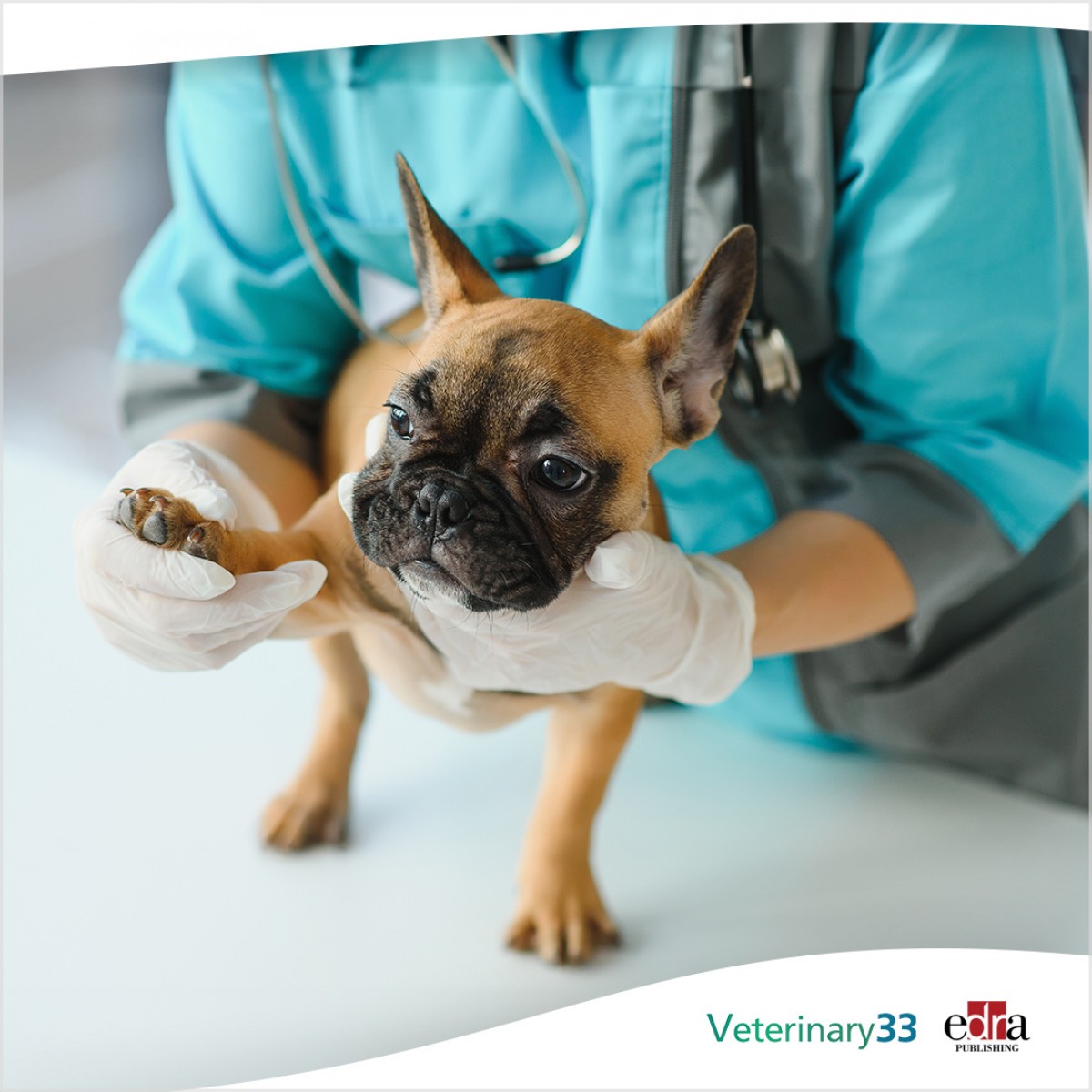

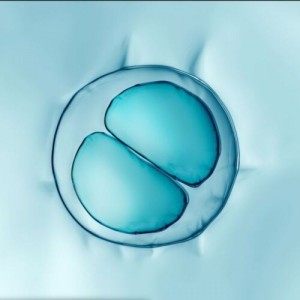
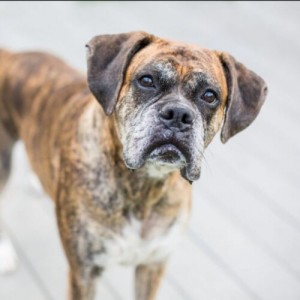
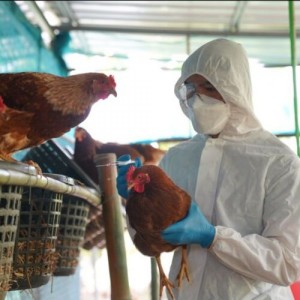
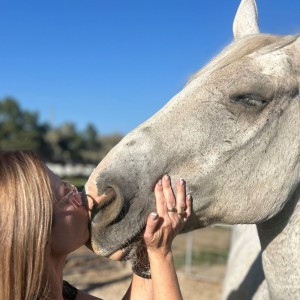


List
Add
Please enter a comment